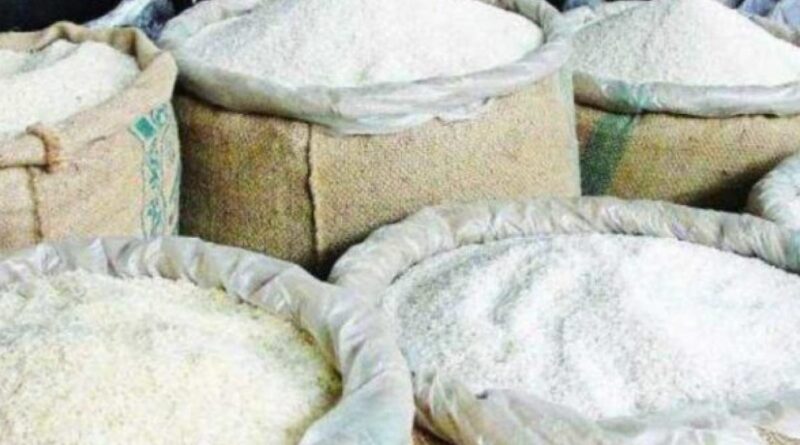Healthier rice variety could counter rise in diabetes, Philippine scientists say
By Rebecca Root
Scientists in the Philippines have created a new variety of rice that could help reduce the growing burden of diabetes.
More than 537 million adults worldwide are living with the chronic disease – a number that is expected to grow to 783 million by 2045. Being overweight, genetics and a lack of exercise contribute to type 2 diabetes, which is the most common form. Type 2 occurs when the pancreas fails to produce enough of the insulin hormone, leaving too much glucose in the blood, and cells develop a resistance to insulin.
Dr Lindsey Smith Taillie, a nutritional epidemiologist and professor at the University of North Carolina, said: “Global diabetes prevalence is increasing and becoming an increasing cause for concern. It’s been high in high-income countries for several decades now, but increasingly we’re seeing rapid increases in low- and middle-income countries as well.”
More than 60% of people with diabetes live in Asia. More than 90% of the world’s rice is produced and consumed in the Asia-Pacific region. White rice has a high glycaemic index, which can cause spikes in the amount of sugar in the blood. Research shows a link between substantial consumption of rice and noncommunicable diseases such as type 2 diabetes and heart disease.
A breakthrough by researchers at the International Rice Research Institute (IRRI) in the Philippine town of Los Baños – which has been working with the University of California, the Max Planck Institute of Molecular Plant Physiology in Germany, and Bulgaria’s Centre of Plant Systems Biology – could help tackle that.
Using the IRRI’s extensive rice gene bank, the world’s largest, researchers screened 380 seed samples over 10 years to identify genes and markers with a lower glycaemic index and higher protein content. They then combined them into “inbred lines”, creating what the IRRI has called a diabetes-friendly, healthier rice option.
Dr Nese Sreenivasulu, the principal scientist at the IRRI’s grain quality and nutrition centre, said: “We thought that if we could come up with a diet with low glycaemic index properties [and] that could be considered healthier, not only to those subjects who are diabetic and pre-diabetic … then it could be a very good intervention to counter growing incidences [of diabetes].
“This could have a big impact in Asia, as well as in Africa, among the rice-consuming countries,” he said.
The rice has yet to be grown outside IRRI’s laboratories, but Sreenivasulu said the plan was to start growing the new varieties in India and the Philippines as part of the IRRI’s remit to combat poverty and hunger in countries where rice is the staple food. In 2021, it helped develop golden rice, which has been modified to alleviate vitamin A deficiencies.
But Taillie warned that sugary drinks and ultra-processed foods were the real diabetes risks, rather than rice. “By and large, rice is not the leading cause for concern when we think about issues like type 2 diabetes,” she said.
“For people who are already living with diabetes and want to be able to incorporate rice into their diet, and they’re conscientious about cutting carbohydrates, perhaps that might be relevant, but it’s certainly not going to help us solve the global type 2 diabetes crisis,” Taillie said.
Instead, she believes countries should focus on imposing taxes on sugar-sweetened beverages and ultra-processed foods, and enforcing better warning labels on packaging.
“The call to action is that we need a comprehensive set of policies that ensures all people have access to healthy foods and that we’re reducing the relentless marketing and promotion and sales of sugar.”
This article has been republished from The Guardian.

